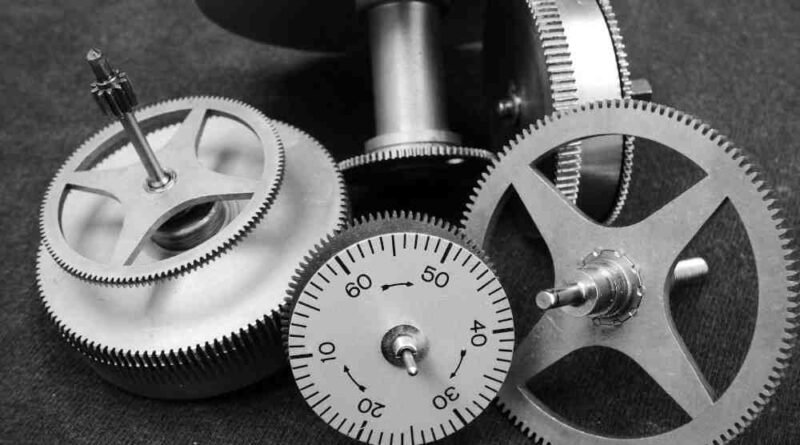What is Reverse Engineering?
Reverse engineering is a process that involves inspection, analyzing, and understanding the workings of a product or system to uncover its design, structure, and functionality. Reverse engineering is the act of disassembly an object to see how it works. Reverse engineering is also called as back engineering. It is the process which is perform to analyze and inspect the working of product or system and used to duplicate, enhance and upgrade the product of an object.
What is Reverse Engineering?
Reverse engineering is the process of deconstructing a product, device, or system to understand its components, functionality, and design principles. The process involves inspection and examining the product with physical attributes, reverse-engineering its software code, or analyzing its manufacturing processes to gain insights into how it was created and operates.
Reverse engineering is a process in which software, machines, aircraft, architectural structures and other products are deconstructed to extract design information from them. The reverse engineering process is used to determine how a part was designed and made so you can recreate and redesigned it.
The Reverse Engineering Process:
The reverse engineering process involves systematically deconstructing a product, device, or system to understand its design, functionality, and structure. Here is the process of reverse engineering as follows,
- The product or object which is reverse engineered is need to be studied. The information about its design is extracted and that information is examined to determine how the parts of the product fit together. It also involves the use of tools, such as measuring tape, disassembler, Vernier caliper, etc.
- The information which is collected from the product is need to be modelling. The purpose of earlier step is to collect the measuring information data and the assembly details of each and every part of the product. After that this process is used to create a perfect 3D model using modelling.
- The reviewing the model and testing it in various scenarios to ensure it is a realistic abstraction of the original object or system.
Applications of Reverse Engineering:
Here are some of the applications of Reverse engineering are as follows,
- Product Development and Improvement: Reverse engineering helps engineers and companies to study ready made products, their competitors’ products to identify their strengths, weaknesses and develop an enhances version of that product or alternative solution.
- Software Development: Reverse engineering involves analyzing executable code or binary files to understand program logic, algorithms, and data structures. It allows developers to find the vulnerabilities, debug the code, optimize performance and create better optimize solutions.
- Intellectual Property Protection: Reverse engineering plays a very important role in verifying compliance with intellectual property rights and patents.
- Legacy System Maintenance: Reverse engineering helps to extent the lifespan of an outdated products or components in a companies and industries. Companies can recreate that outdated product with the help of reverse engineering.
Reverse engineering is a dynamic field that underpins innovation, stimulate collaboration, and drives progress across various companies and industries. From product development and software engineering to cybersecurity and intellectual property protection, reverse engineering plays an important role. The role of reverse engineering will only grow in significance, empowering organizations to unlock new possibilities.





